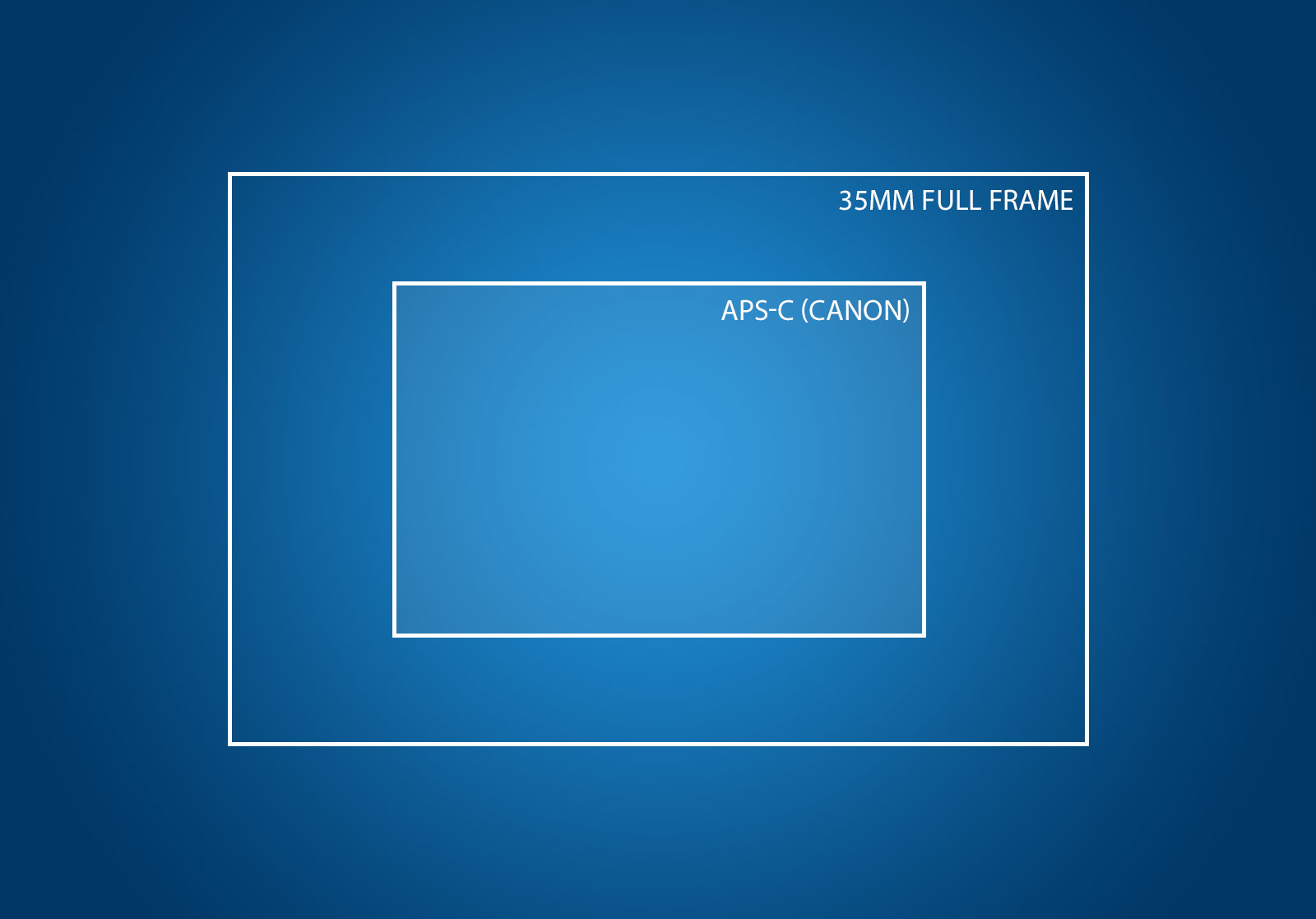

As a result, the image appears closer or with a zoomed-in view. On the other hand, crop sensors have a crop factor, so they don’t capture the entire view and end up cropping out the outer edges or pixels of the final image.
#Apsc vs frame vs medium format full#
Full frame sensors are larger, so they capture an image from a broader perspective-the view that the lens captures is the same image that comes out. There are two types of sensor formats, namely crop and full-frame sensors. Ideally, a larger image sensor can capture more light and detail, thus, guaranteeing higher image quality. The sensor size or format is an essential factor to consider if you wish to capture a more extensive or better image. What Are the Different Camera Sensor Formats? As a result, these signals display an image. The sensor captures the light or photons through the pixels and converts them to voltages or digital signals. They’re positioned right behind the lens and work by capturing the scenery it focuses on. They also work with the same principle as the retina in the eye, which captures the image and transmits it to the receptors in the brain. Think of camera sensors as the film counterparts in analog cameras. Of the two, CMOS is the most popular material for DSLR image sensors and converts visual information faster, reducing battery consumption. There are two significant types of image sensors used in digital cameras: CMOS or complementary metal oxide semiconductor, and CCD, which stands for charge-coupled devices. Millions of light-sensitive pixels make up these rectangular chips, usually made with a semiconducting material like silicon. Final Verdict: Is a Full-Frame Camera Better than APS-C?īefore you jump through the details, allow me to prime you with the foundations of camera sensors first.Ĭamera sensors are the core component of digital cameras.APS-C Wildlife Photography or Bird Photography Full Frame vs APS-C: Which is a Beginner-Friendly Option? What are the Pros and Cons of APS-C Cameras?.



 0 kommentar(er)
0 kommentar(er)
